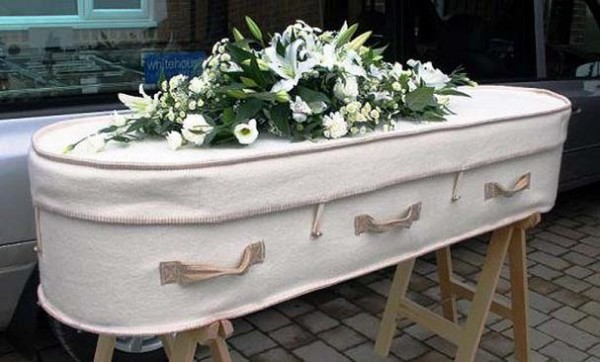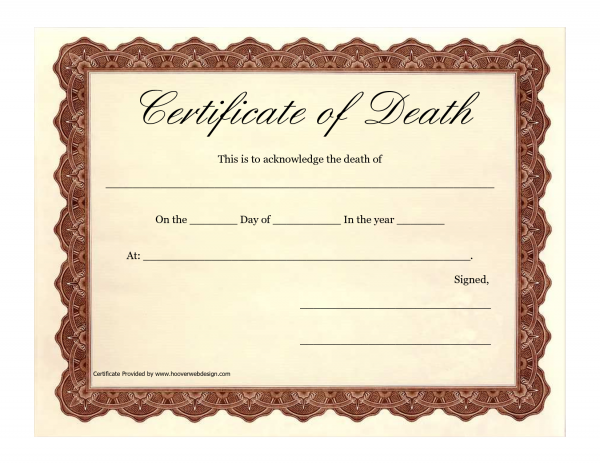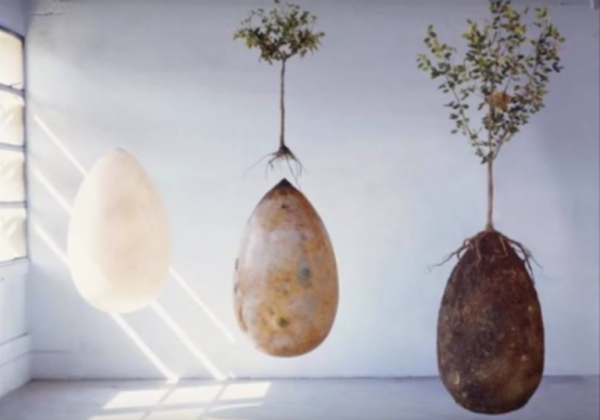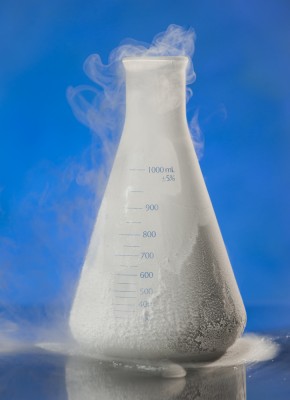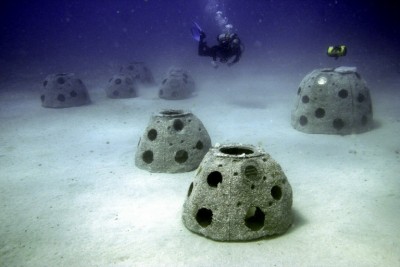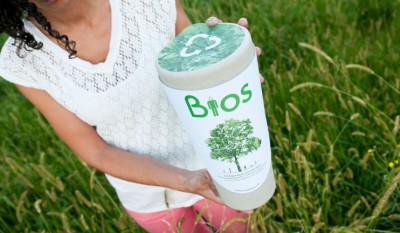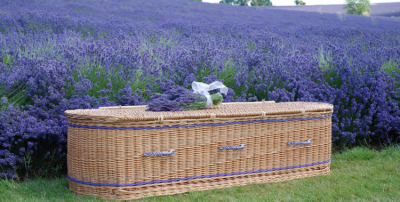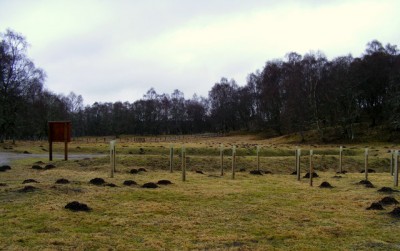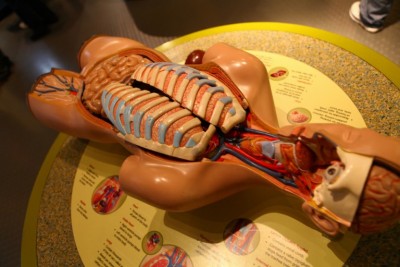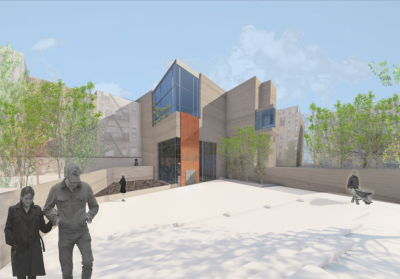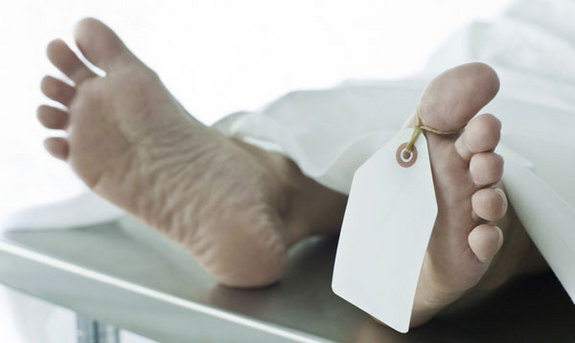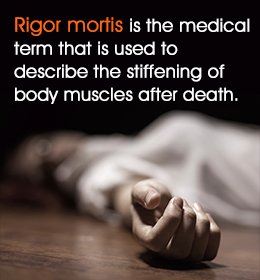By
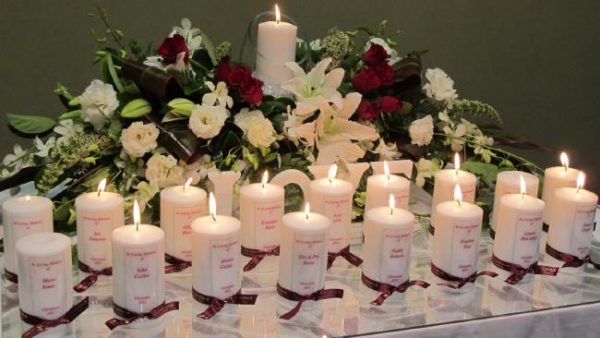
I DON’T know where my first husband is buried. That might sound odd — especially as I attended the funeral in a cemetery somewhere in Dublin — but I have total amnesia when it comes to the exact location, and most of the service.
I remember I wore a white dress I bought at a charity shop; I remember it was cloudy and the cemetery was next to a school soccer pitch where a match was playing.
I’m sure it was a beautiful funeral and I’m grateful to my late husband’s family for arranging it at a time when I was incapable of even brushing my teeth. But I felt no connection to the occasion, even though I was the widow.
During the traditional service, I tuned out and focused on the sounds of the soccer match and the ecstatic cheers of the children as they scored goals against each other. To me, their enthusiastic celebrations were more representative of my husband than a cold, grey cemetery. And I’m not the only mourner to feel this way.
Traditionally, how we commemorate death is dictated by dogma — you must wear black, look sombre and serve curled-up sandwiches. Increasingly, however, modern mourners want a more personalised service that reflects their loved one’s true character — even if it goes against social and religious etiquette.
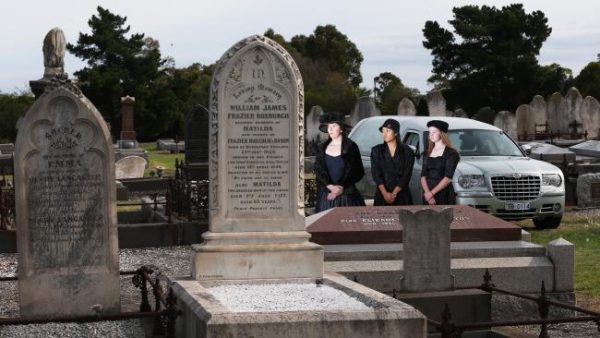
It used to only be celebrities who had flamboyant farewells (the funeral wishes of Joan Rivers included a wind machine near her casket so that her hair was “blowing just like Beyoncé’s”).
But these days, “fun-erals” aren’t just for performers with deep pockets.
The National Funeral Directors Association has highlighted a rise in personalised ceremonies, including a heightened interest in eco-friendly options.
In Australia, you can order a casket made from handwoven willow, be laid to rest in a coffin made from 100 per cent biodegradable cardboard, or even have your ashes buried in an “organic eco pod” which sprouts into a tree.
Another survey by funeral services company The Co-operative Funeralcare in the UK found 54 per cent of people would prefer their funeral be a “celebration of life”, and 48 per cent would like to incorporate their favourite “hobby, colour, football team or music”.
We want choices — even in death — rather than a cookie-cutter approach to commiseration. And now an Australian funeral home, set to launch this month, is taking “imaginative mourning” one step further.
The House, a Sydney-based service founded by friends Morna Seres, Kylee Stevens and Christian Willis, will offer “memory services” as opposed to traditional funerals.
What’s the difference? First of all, location. Instead of churches, chapels or other traditional places, services will be held at unique venues around the city, including dance studios and art galleries, who have agreed to hold private events — with a casket as part of the decor.
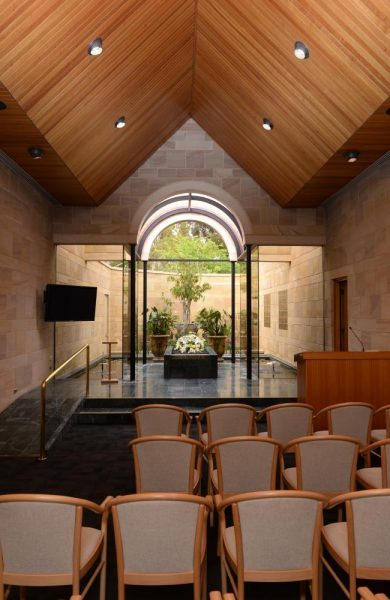
Unusually, the three entrepreneurs have no previous experience of funeral care, instead coming from careers in art, fashion and styling. But they believe the funeral industry needs an injection of creativity. “I was stimulated [to start the business] by my own father’s funeral,” says Seres. “He wasn’t religious, so we didn’t want it to be in a church or chapel. The only other option we were offered was a graveside burial. It was a rainy day and the sound system didn’t work in the open. It just didn’t feel like a true reflection of who he was.”
The idea was further encouraged by the funeral of a mutual friend, where Seres and Stevens were both struck by the impersonal experience.
“From the service to the sensory elements surrounding the day, it just didn’t feel relevant to my friend or their family,” says Stevens. “Coming from a background in the fashion industry, I started thinking about how the design process could be applied to how we say goodbye.”
Funerals can feel like bleak occasions — for obvious reasons — but do they really need to be? The House believes a funeral should be a “transitional experience” for attendees, using art, design and “sensory experiences” to help with the grieving process.
This could include setting up an art exhibition or photos and videos. Instead of sitting on rows of chairs like a conference, they encourage mourners to move around the coffin, chatting freely instead of feeling confined by tradition.
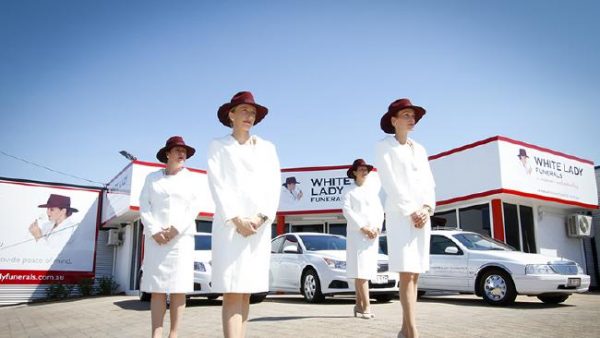
They may be onto something.
A survey by the not-for-profit organisation Include a Charity found that Australians would prefer their funeral to be a “more casual send-off”. When questioned about their ideal ceremony, 71 per cent said they’d like their loved ones to wear bright colours and 98 per cent said laughing at a funeral was an appropriate way to remember someone.
We’re also breaking out of the mindset that a funeral has to be uncomfortable for attendees — and it’s all about the small touches. Some people even said they’d like “a barista to serve good coffee” at their service.
Instead of traditional hymns, people are also opting for modern music (Green Day’sTime Of Your Life is a popular choice, apparently). I have a friend who, when his 22-year-old brother died, organised a silent disco by the graveside — imagine spotting a crowd of mourners with headphones on, dancing in silence.
Then there’s the debate around digital documentation. Many funeral parlours now offer webcams so that overseas relatives can tune into a service.
When 13-year-old YouTube star Caleb Logan Bratayley died last October, more than 47,000 people tuned into watch a live-stream of his funeral on Periscope. On YouTube there is a GoPro video of a Buddhist funeral shot from a drone flying above it. Insensitive? That’s just a matter of opinion.
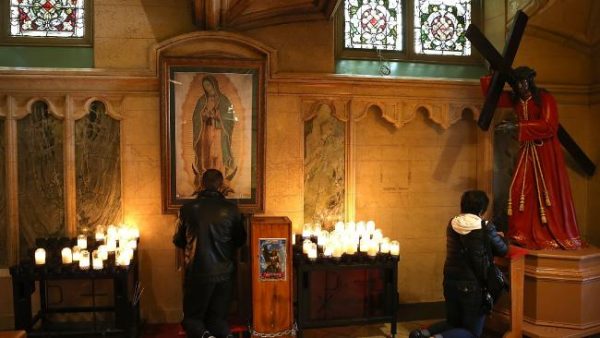
“Many ceremonies, like weddings and birthdays, have evolved from a traditional style of celebration to a reflection of an individual’s personality,” says psychologist Barbara Jensen. “This is now also true of funerals, although the change has happened at a slower rate because death is still very much taboo in our society. The important thing to remember here is that there is no right or wrong way to do things, and this is important if a funeral is going to be healing for the attendees.”
This type of healing, however, costs. How much will a multi-sensory, personalised funeral reduce a next-of-kin’s inheritance? The House says it can match the average cost of a funeral in Australia (from $4000 for a basic cremation, according to government finance website moneysmart.gov.au).
“Our cost does vary on the requirements of the individual,” says Seres. “But it is important to us that, if someone walks through our door and doesn’t have a lot of money, we’re still able to service them.”
Final costs can also be reduced by enlisting family and friends to help with certain elements.
The danger is that personalised funerals could go the same way as children’s birthday parties, becoming just another pressure. A decade ago, kids were content with jelly, ice-cream and pass-the-parcel, but now a parent feels like a failure if they don’t hire a full petting zoo and the cast of a Disney musical.
Ceremonies that honour a loved one’s memory, though, as well as providing friends and family with closure, are a wonderful farewell.
Complete Article HERE!

